From the affixed side plate, unit research reveals that:
M.L. stands for Militaire
Luchtvaartdienst (Military Air Service); this was the Dutch Army Air
Force which was limited to reconnaissance flights. This unit was
established March 30, 1939 at Kalidjati, (Kdj) an air force base on the
isle of Java. The 147 represents the number of the gun in that unit.
On this air strip the
following aircraft were stationed: Reconnaissance Vka3 Squadron,
12 x ‘Koolhoven’ FK-51 (reconnaissance airplane, two seater, one Lewis
machinegun); Reconnaissance
Vka4 Squadron, 12 x Lockheed L.212;
Reconnaissance Vka5
Squadron, 12 x ‘Koolhoven ’FK-51 as above (the plane was made by the
Dutch Fokker factory). It is also known that 24 Hawker Hurricane Mk 11b
came in December 1941 to this airfield, destined for the British RAF.
When the Japanese attacked the
Indonesian Isles on December 7, 1941, all airplanes were lost – either
during the air battles or because they were destroyed by the Dutch on
the ground. For three squadrons of pilots & ground personnel some 180
pistols would be needed. This is #147.
(Unit Information
graciously provided by Joop van de Kant)
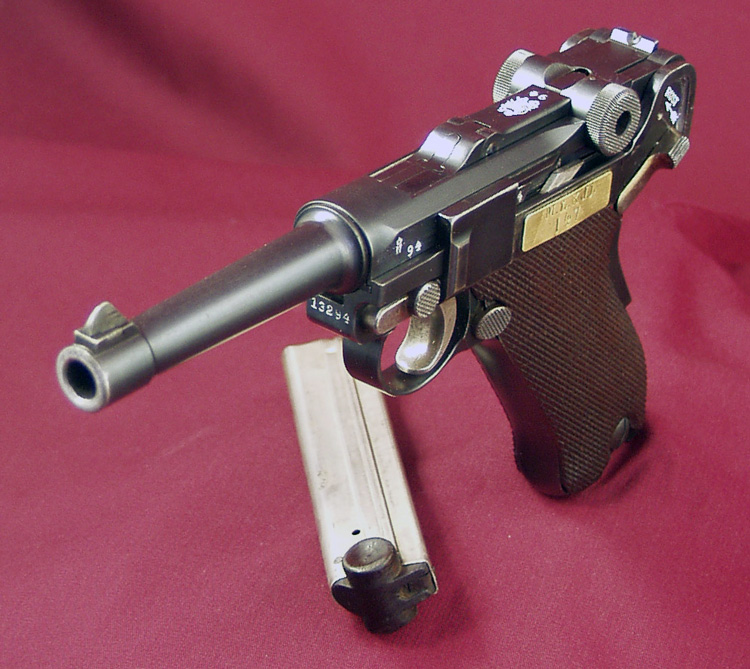
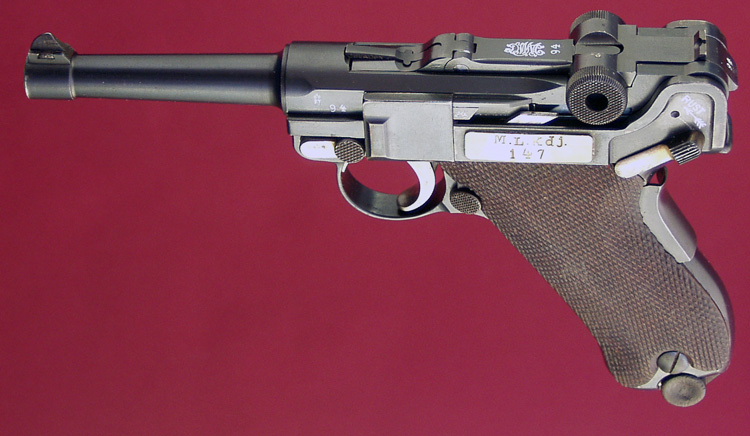
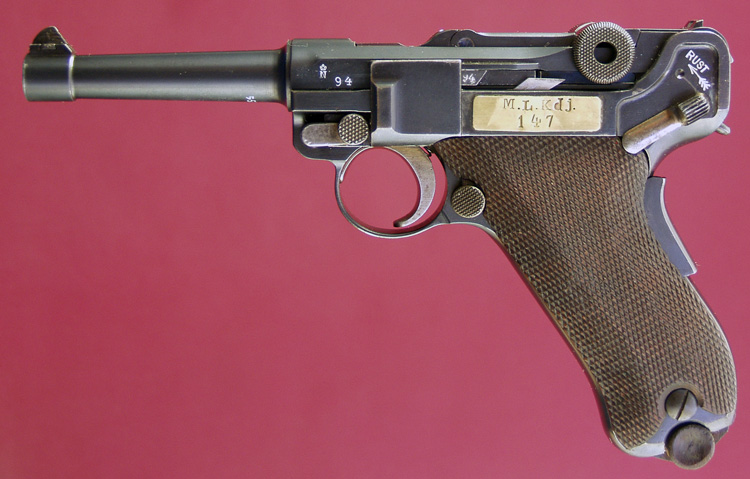
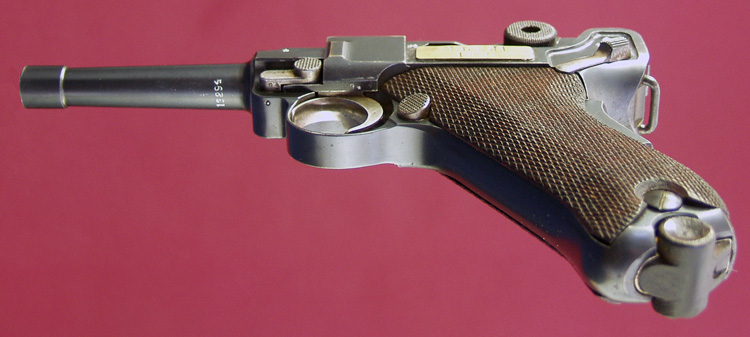

.jpg)
.jpg)
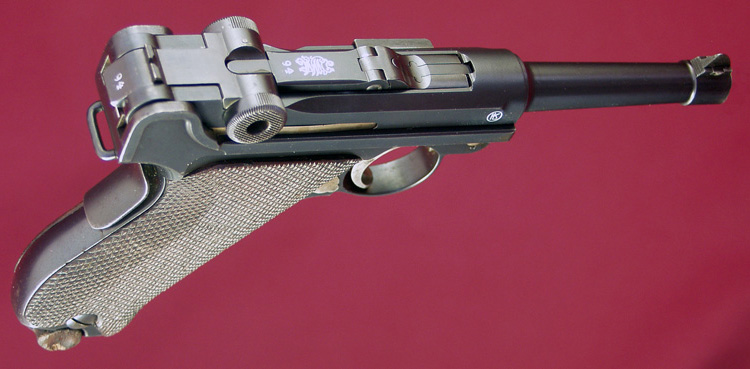
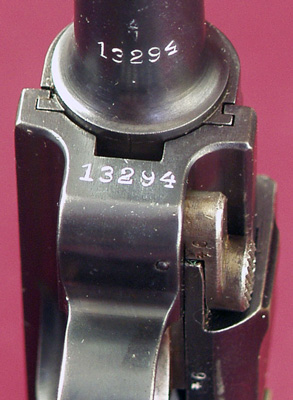
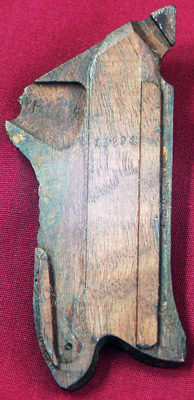
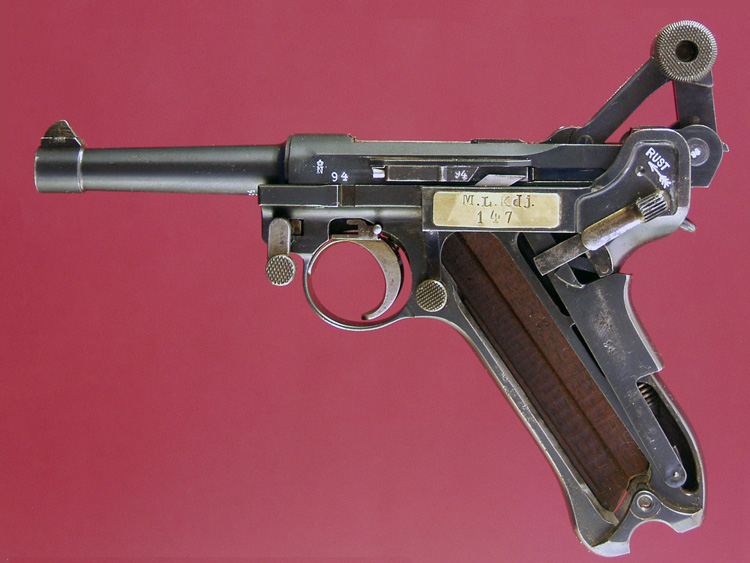
.jpg)

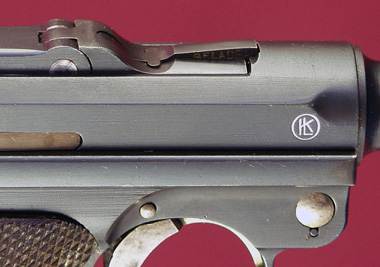
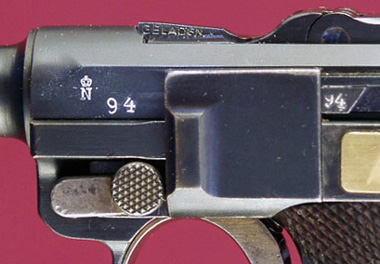
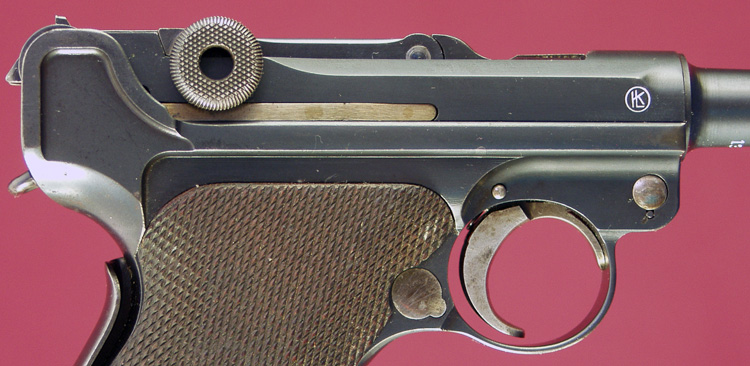
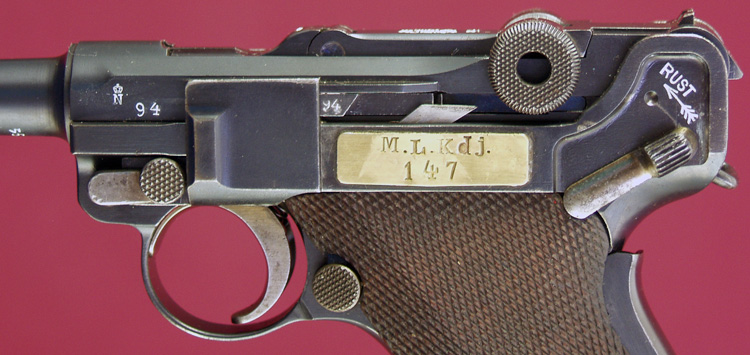
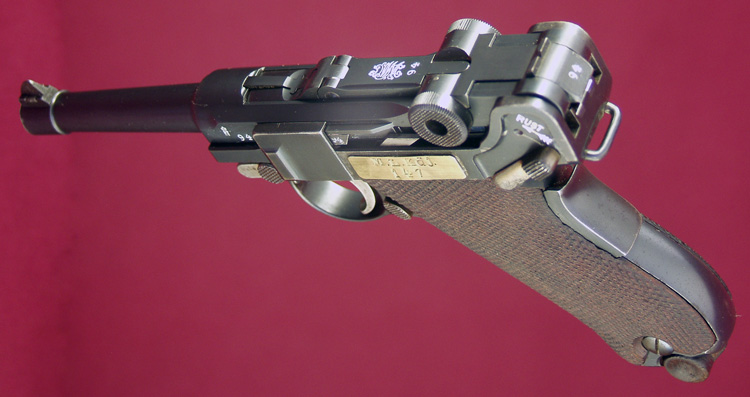

.jpg)